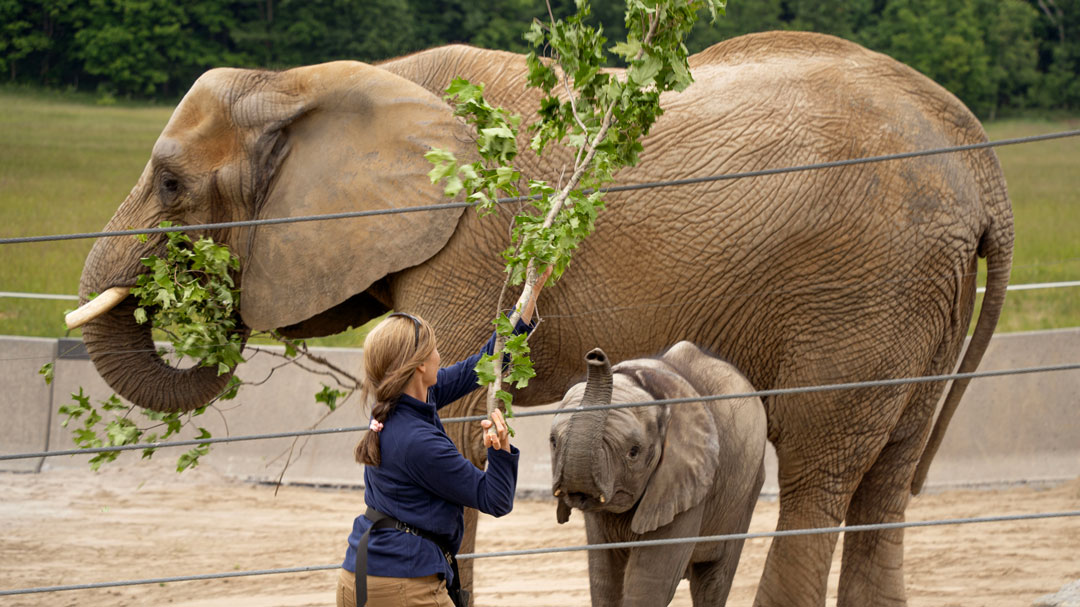International Conservation Center works to ensure a future for African elephant
Story and photos by William Whisler
When it comes to visiting Somerset County, one of the first things that comes to most people’s minds is the Flight 93 National Memorial, honoring the 40 brave men and women that lost their lives on September 11, 2001, fending off a terrorist attack on the U.S. Capitol.
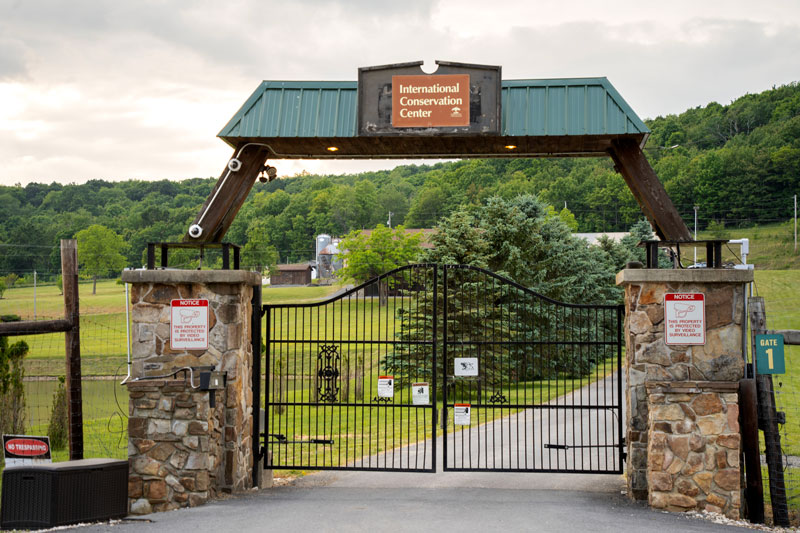
What often goes unnoticed 23 miles away in Fairhope is the International Conservation Center (ICC), which is a one-of-a-kind facility owned by the Pittsburgh Zoo & Aquarium that is home to five African elephants. The ICC, located on approximately 1,000 acres, is North America’s premier conservation, research, education, breeding, and training facility that specializes in the care and breeding of African elephants
Today, about 415,000 African elephants remain in the wild, down from an estimated population of 1.3 million in 1970. Between 1970 and 1990, hunting and poaching – driven by the illegal ivory trade –reduced the population of African elephants by another half, while loss of habitat also continues to contribute to a dwindling African elephant population. Currently, both species of African elephants – the African savanna elephant and the African forest elephant – are endangered, with the African forest elephant listed as critically endangered.
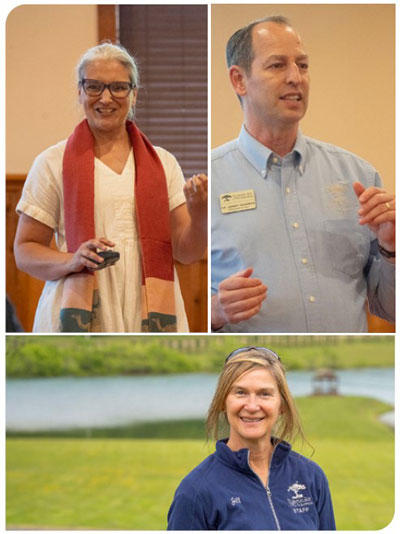
- Top Left: Ayeshah Al Humaidhi, Executive Director of the ICC, speaks at a community outreach event at the ICC.
- Top Right: Pittsburgh Zoo & Aquarium President and CEO Jeremy Goodman speaks at an outreach event at the ICC.
- Bottom: Jill Sampson works as an elephant curator at the ICC. Sampson has more than two decades of experience working with elephants across the country.
“One of the problems now with (the elephant) population is that there’s increased human-elephant conflict as the human population grows,” said Jill Sampson, Curator of Large Animals at the Pittsburgh Zoo & Aquarium, as well as the ICC. “As the human population grows, there has been fragmentation of the elephants’ habitats, so sometimes they can’t get to each other to breed.”
Those challenges, mixed with the long gestation period for elephants has led to a steep decline in the elephant population across the globe.
“It basically is a two-year gestation period – it takes 22 months,” Sampson said. “It’s almost two years just to have a calf and then the calf is dependent on their mother’s milk for two years and really, they are dependent on their moms for much longer than that too. An elephant really doesn’t have more than one calf in a four-to-six-year period, which makes it hard to replenish the population if it’s really decimated.”
The ICC was founded in 2006 and serves as an extension of the Pittsburgh Zoo & Aquarium. The ICC is the only facility of its kind focused on protecting the African elephant in North America.
The ICC is currently home to five African elephants, including Jackson, who is a prolific bull that has fathered 16 elephants that have been placed in multiple facilities across the country. The facility also has four female elephants, Bette, Seeni, Sukiri and baby Tsuni, who just celebrated her second birthday in July.
Elephant keepers at the ICC utilize positive reinforcement and nurturing to develop strong, trusting relationships with the elephants, building a culture of mutual respect. Through vocal commands, praise and food rewards, the keepers can work with the elephants to accomplish necessary grooming, husbandry, enrichment, and veterinary procedures. If an elephant is unwilling to respond to a command, the keeper leaves the area. ICC elephants are not punished for not cooperating.
Keepers at the ICC monitor the elephants’ day-to-day behaviors, frequently take blood samples, bathe them, have veterinarians examine them and make sure to engage the elephants in at least one training session per day.
“We really know these elephants so well. We know their routines and can tell if something is even a little bit off,” Sampson said. “We come in each day and check them, make sure we get them fed and each day we make sure that our elephants are going through a little training session. The reason we do that is so that we can get up close and get them checked out to make sure everything is OK. We’ll ask them to come to us with their ears or maybe lift their feet, so we can make sure they’re in good condition and see that they’re listening. If they are lethargic or not wanting to participate, we know that it is a little odd, because they do listen well to us, and we make sure we give them good rewards. It’s about working with them every day, building that bond with them. The elephants do have a close bond with their keepers because they know them and trust them.”
The ICC keepers are also very involved with making sure that the facilities are in proper operational condition, ensuring that fencing and equipment are not broken by the elephants due to their strength and size, and in making sure that they have continual access to food, including hay, tree brows and a specialized
grain. Keeping the elephants fed is no small task either, as an adult elephant eats around 200-250 pounds of food per day.
“One of the many projects we often have is to go out and cut tree branches and limbs so we can get tree brows for the elephants. They mainly eat hay. It’s good quality, grass hay that we grow on our own fields,” Sampson said. “We partner with some local farmers that have been coming in and growing hay for elephants, which is really cool. We do an analysis on the hay to make sure it has the nutrients that we need. Most of their diet is hay, but we also give them the tree brows, which is really good for them because it is what they would eat in the wild. We supplement that with a little bit of a grain manufactured specifically for them.”
For the ICC, the procedures in place are all about making sure that the elephants are as healthy as possible and that they continue to grow at an acceptable rate.
“We do body condition scoring, and make sure they’re in good shape and we can adjust their diets as needed,” Sampson said. “Obviously as little Tsuni grows, we will have to adjust her diet too. She’s still nursing, and they will nurse for at least two years and a lot of times they’ll supplementally nurse after that, as long as mom’s tolerant, but they’re starting to eat more and more solid food too. So that milk changes composition, and it becomes a little bit more like just a supplement and comfort. We consult with a nutritionist, so they look at all the animal’s diets and make sure that if we need anything adjusted or we’re seeing an issue that we can fix it. As with livestock, there’s always research going on into food and into grain, so we keep up with the latest science and technology.”
The ICC also engages the elephants through enrichment activities, such as painting.
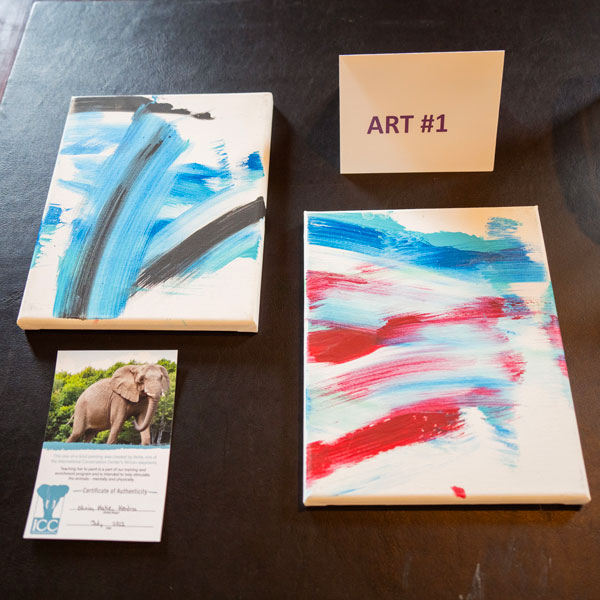
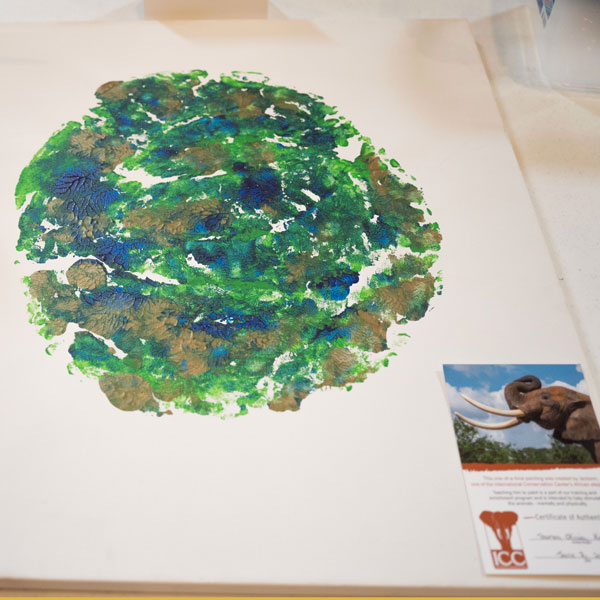
“It’s really just for fun. Obviously in the wild an elephant wouldn’t paint, but
I think that they enjoy it. It is their choice to do it, we just get excited when they come up to do it and of course we reward them for it,” Sampson said. “It’s using natural behaviors, because they have over 40,000 muscles in their trunk, and they are always manipulating objects. I’ve seen them mimic the motions with sticks and they are almost doing patterns in the sand, so giving them a paintbrush, they’re kind of like a sponge and you just teach them to do it. They wouldn’t do it in the wild, but its not an unnatural behavior to them. We have even auctioned off some of their paintings with proceeds going to take care of the elephants and our conservation efforts, and then someone has a nice painting. How special is it that it was done by an elephant?”
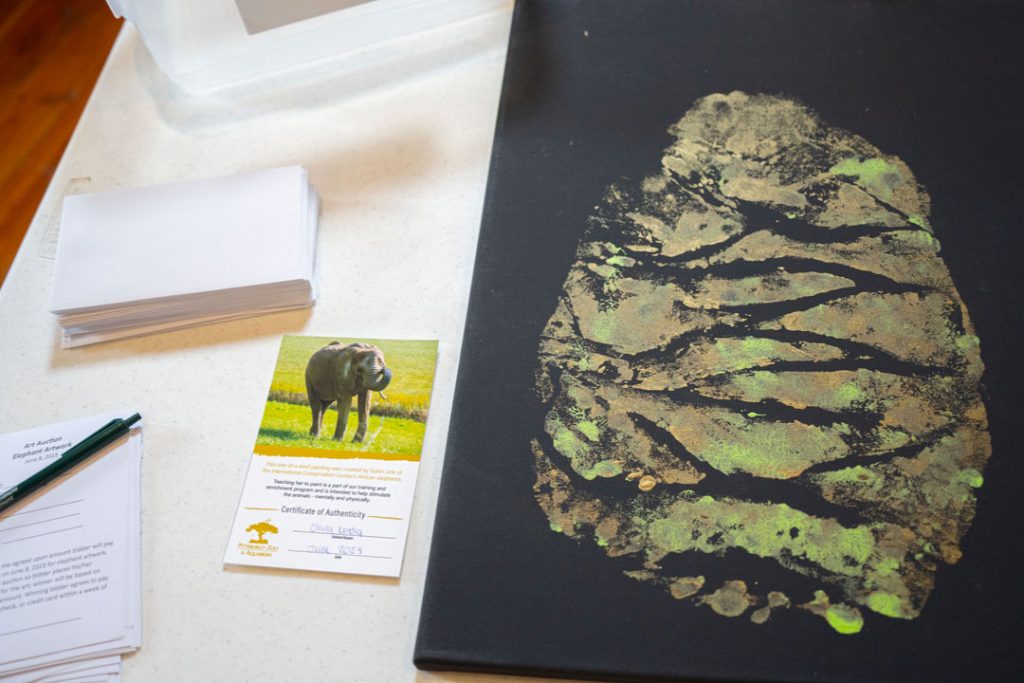
The ICC does its best for their elephants to mimic nature, as elephants are extremely social animals that live in herds. Cows tend to form herds while bulls often leave the group, but still need to interact with a group of elephants. The ICC makes sure that all the elephants can interact with and can always see the rest of the herd.
“One thing that I really like is that we are trying to build these generational herds that are very similar to herds in the wild,” Sampson said. “We already see the behaviors are similar too, so that’s a good thing. Bulls are not solitary, but the older they get, the more time they do tend to spend on their own, as long as the other ones are nearby. One of the things that we really do keep an eye on is their socialization.”
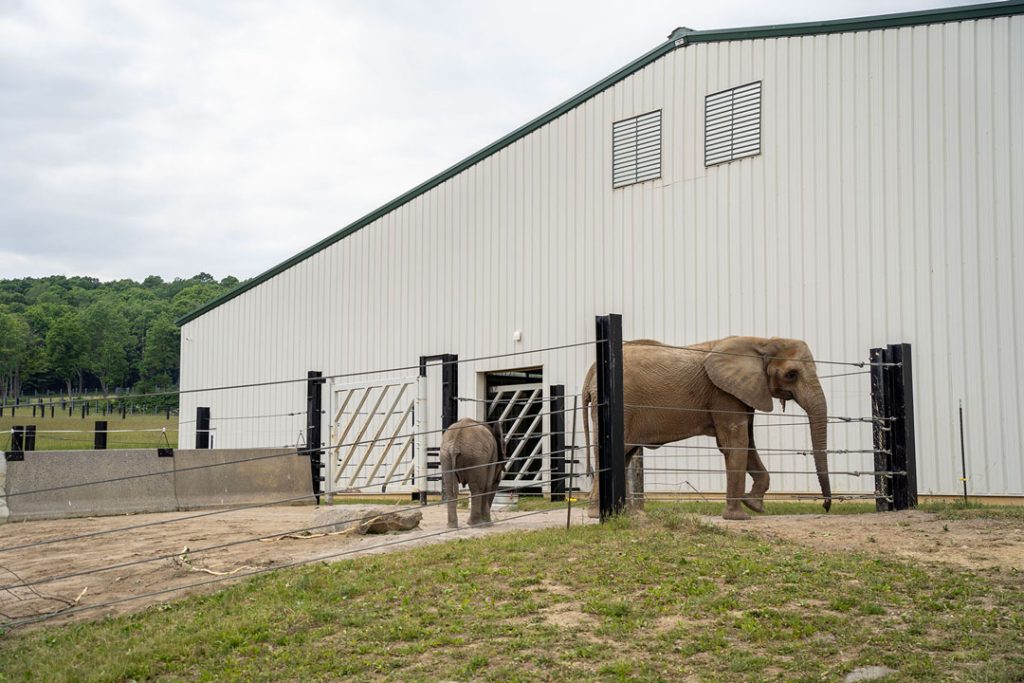

While the logistics that go into breeding, such as the long gestation period can be challenging, the ICC is working to continue to grow its elephant herd.
“With research and conservation, we want to continue to take excellent care of
our elephants,” said Ayeshah Al-Humaidhi, Executive Director of the ICC. “We do have a world class facility here. Our elephants are so well cared for, but like in anything, there is always room for improvement. We want to hold ourselves up to that high bar and continue to improve the care of the elephants that we have here and we want to expand our breeding program. Our goal is to develop a relatively natural maternal herd here at the facility, which requires us to continue to breed and hopefully by bringing in some newer elephants, we will be able to also diversify the genetics and that’s important for the future.”
Among the ICC’s three main goals are to grow their conservation efforts, to educate students and to continue to engage more with the local community.
“We have three areas we want to focus on going forward,” Al-Humaidhi said. “We are the International Conservation Center and we’re really excited to start to really live up to that name and to diversify and develop programs that will help handle animals in our care and to help animals that are in the wild. That is why education is so important. Our younger generation needs to be learning about why this is important and what they can do to be a part of the solution. People want to be engaged with the ICC, and they want to come visit and learn what we’re doing here. So that’s going to be a big focus. Over the last year we’ve had a lot more people come and visit us and it’s something that we really want to focus on to become a part of the fabric of this county and region. All these things are needed for us to move forward.”
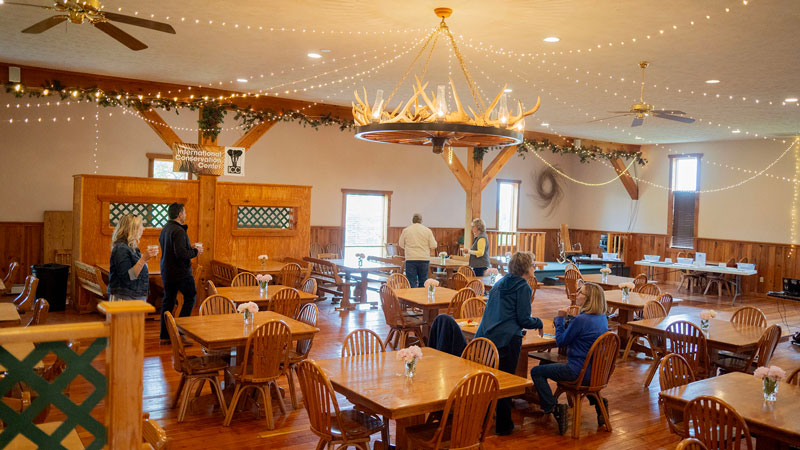
Al-Humaidhi noted that necessary upgrades to the facility include more paddocks, another elephant barn and the ICC also hopes to eventually have a kitchen with a walk-in freezer to prepare food for the elephants, as the current staff prepares more than 50 pounds of produce per day for them. Other projects include the installation of a hydraulic gate, purchase of more ATVs and equipment, building a classroom on site for children, having more restrooms on site and the creation of a lookout for the public to be able to observe the elephants. The ICC has also considered purchasing a methane digester to produce heat and electricity to power the facility.
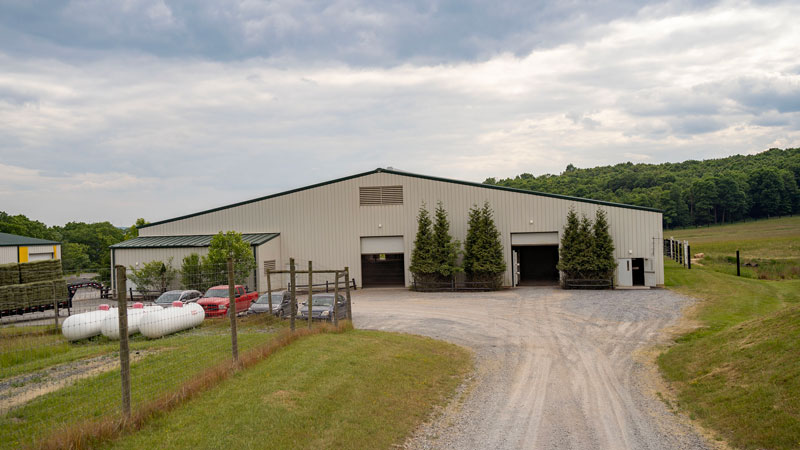
Al-Humaidhi said that the ICC hopes to begin to expand the conservation center by bringing in new species alongside the elephants. The ICC’s could have American bison brought in from the Bronx Zoo by the end of the year, according to Al-Humaidhi.
“We want to start to work with other partners and work with more species here at the ICC,” Al-Humaidhi said. “It’s looking like our next species is going to be bison. As I understand from our conservation experts, the bison that we have in the wild are not of the pure genetics that they were at one time, as they’ve mixed heavily with cattle. There is a project underway where those animals are being bred and reintroduced into the wild. We’re hoping to become a part of that program.”
The next steps for the ICC will be continuing to make sure it has the funding it needs to be successful.
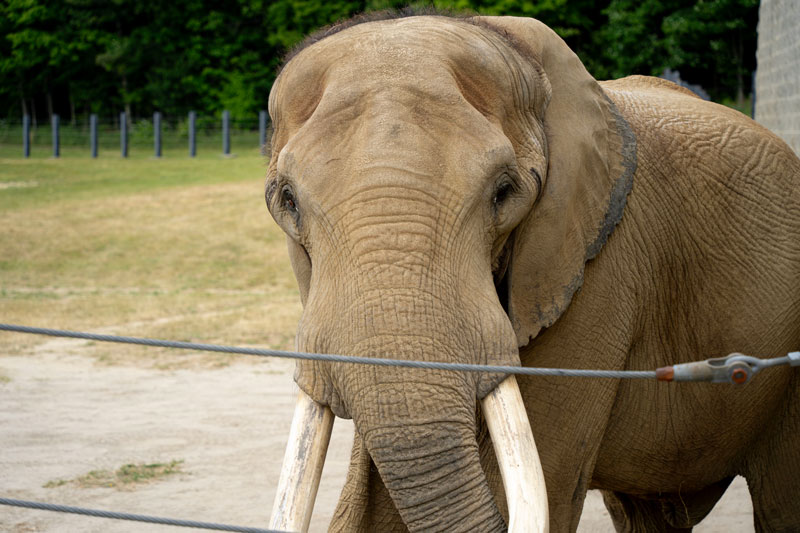
“Currently we have the African (elephant) species, and we adore our elephants, and they’re not going anywhere, but the resources involved in caring for the elephants is huge, which you can imagine. They have to be kept in a heated barn during the winter,” Al-Humaidhi said. “So, one of the things that we’re trying to do (with expansion) is to really focus on species that are cold hearty and have an existing reintroduction program, so they have somewhere to go after they’ve been here. We also want to support our local and regional conservation efforts. There’s a lot going on right here in the region in the state, and we want to start to become more involved in those efforts.”
While the ICC has a clear vision for the future, animal husbandry and conservation will continue to be at the forefront.
“It is just a lot of infrastructure and that is our biggest challenge right now, along with funding,” Al-Humaidhi said. “Those are obviously always the two biggest things being a nonprofit. But there are obviously lots of needs. We are just looking to see where we can best serve.”
Learn More


